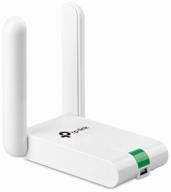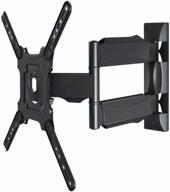
Review on WiFi adapter TP-LINK TL-WN727N, white-black by Addy Itthipong ᠌

No complaints, I recommend the product for purchase.
I bought it to muddy the access point while the router was in GO. If you don’t care about the warranty (it’s inexpensive and I personally didn’t feel sorry), then get the adapter and wire, and throw the rest away, including the driver and utility disk, because the latter work through the back. My adapter is v4. Chip media libraries, although they say that ralink. No, media. mt7601un, to be exact. If you also have v4, then download from the mediatek website for example for rt2870 - it is there for everything, so it will do. If you install the utility, then be prepared - the interface will not immediately become clear. Navigate through the parameters using the green arrows. To save all the settings, you need to scroll to the end. + Meditec utility in that you can set the channel when you mute the access point. The downside is that the adapter with the utility lives its own life. Therefore, after a couple of days of torment, I installed only the driver, raised the access point through the command line. The default channel is 1. He distributed the Internet from a computer to a laptop and two phones. At first, everyone in turn lost the access point. Partly due to the clumsy driver/utility/adapter, partly due to the fact that I have about 40 other access points next to me. Solved in two ways. In the task manager, in the properties of the adapter, force the channel width to be set to 20 MHz (ap mode force bw20). By the way, it saves the chip from overheating if you use it as an access point, otherwise it’s better to make cooling at least with a simple thermal pad (take it apart carefully, the plastic is easily scratched and peeled off). The finger burns so that it is impossible to hold it after 15-20 seconds when uploading at full speed (it gives, by the way, 80-90 Mbps). The second way is to set region 0, not 1. It helped me and only my phone was losing the Internet. With the reception, everything is more prosaic. I plugged it into the computer, installed only the driver, connected to the router and you can work. It takes slower, for some reason, and the speed is a maximum of 70 Mbps with a channel width of 40 MHz. It heats up less when it works in receiver mode. From technical support I did not really achieve anything and I had to disassemble everything myself. Their answers were in the style of "the fool himself", although then they began to recognize jambs when working in mixed mode 20/40 MHz.
- - price ~8$ - can work as an access point - 150 Mbps of course not, but 60-70 for reception, and 80-90 for return (in access point mode) will be.
- - a signal (but it's understandable. Open the case and look at the "antenna") - buggy and unfinished native utility and driver - endlessly changing revisions and wondering what chip you have - the chip heats up during intensive transmission - devices lose the adapter if it is an access point (it seems to have solved, see comment) - Intuitive utility interface - it is necessary to force the channel width to be set to 40 MHz in the router, so that the adapter accepts 144 Mbps
New products
Comments (0)
Top products in 📺 Television Accessories
Another interesting products
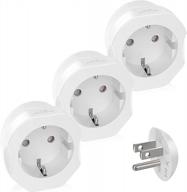
VINTAR EU To US Plug Adapter 3-Pack For Easy Travel: Europe To USA Converter For Spain, France, And More, Compatible With Type C/E/F Plugs - European To US Power Adapter Solution

11 Review
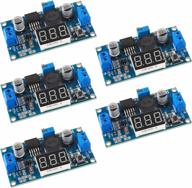
Dorhea LM2596 DC-DC Buck Converter Step-Down Regulator 4.0-40V To 1.25-37V DC 36V To 24V To 12V To 5V Volt Power Supply Module With LED Voltmeter Display Compatible With Car Motor Buck

16 Review

Germany France Travel Power Adapter,TESSAN Schuko Plug With 2 USB Ports 2 AC Outlets, US To European Europe German French Spain Iceland Norway Russia Korea Adaptor(Type E/F)

17 Review
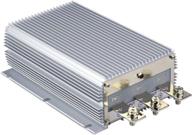
DC/DC 12V To 24V Boost Converter 40A 960W - Waterproof Voltage Regulator Module For Car Power Supply (10V-16V Input)

15 Review


